Hi all!

I know this post is not related at all with rock gardening or hardy plants, but even so i chose to write it here (i had permission from Maggie, thanks!) because even though this plant is not related to the forum, i know there are, for sure, people in here that would be interested to know the peculiar behaviour this strange orchid has

I feel overwhelmed by the strategies that some organisms employ just for their survival. This is one of them.
These are the flowers of Dimorphorchis lowii:




At first glance, there is nothing special that one can tell about the flowers themselves, as they are typical of an orchid. But now the curiosity begins, as one might actually think that they are two different colour forms of the same species... But they are not


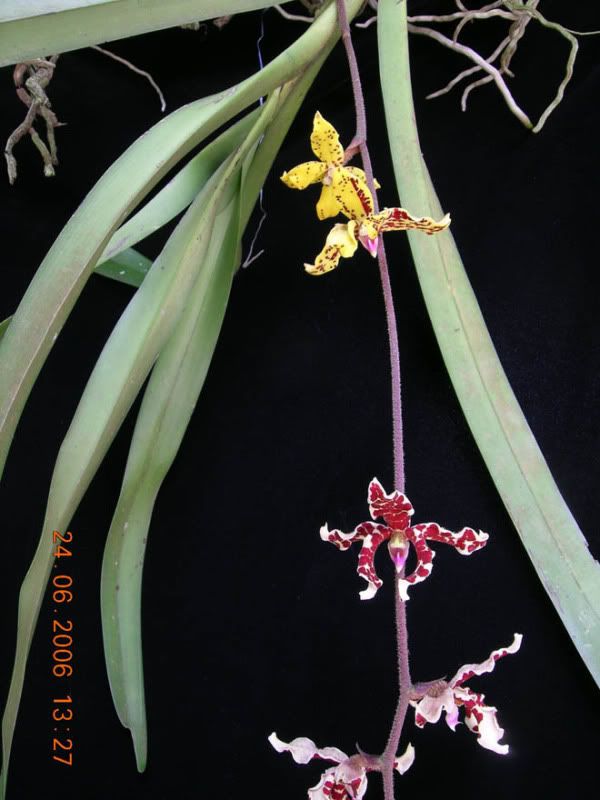
The 2 different kinds of flowers are produced in the same inflorescence. There are always 1 to 3 upper flowers (yellow spoted with red). The lower flowers are much more common and one spike can bear 20 or more of these. Also notice the gap between uppers and lowers.
If you pay attention, both flowers are different in shape, colour and pattern, being the petals and sepals of the lower flowers much more wavy, but the center of both forms is identical. In this closeup, you can see that barely is any difference on the shape of the column:
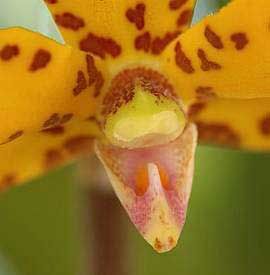
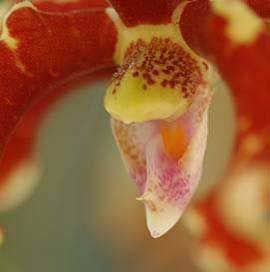
A well grown plant can have 2 to three flower spikes, measuring each 3 m long!
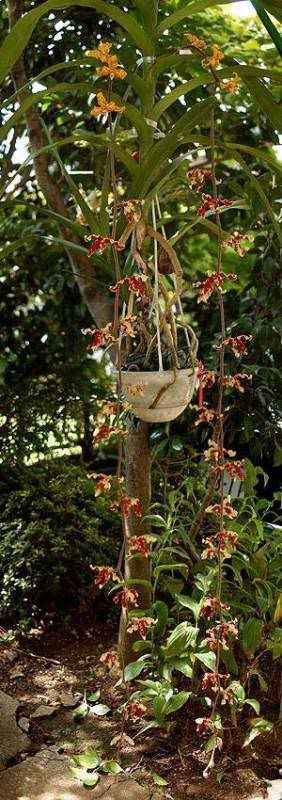
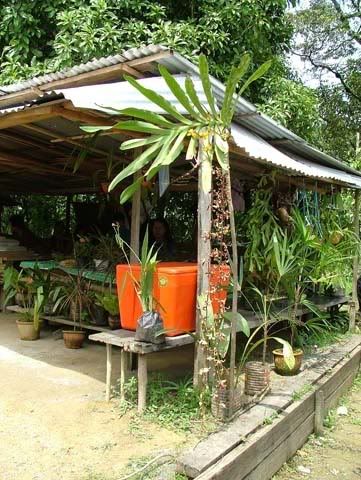
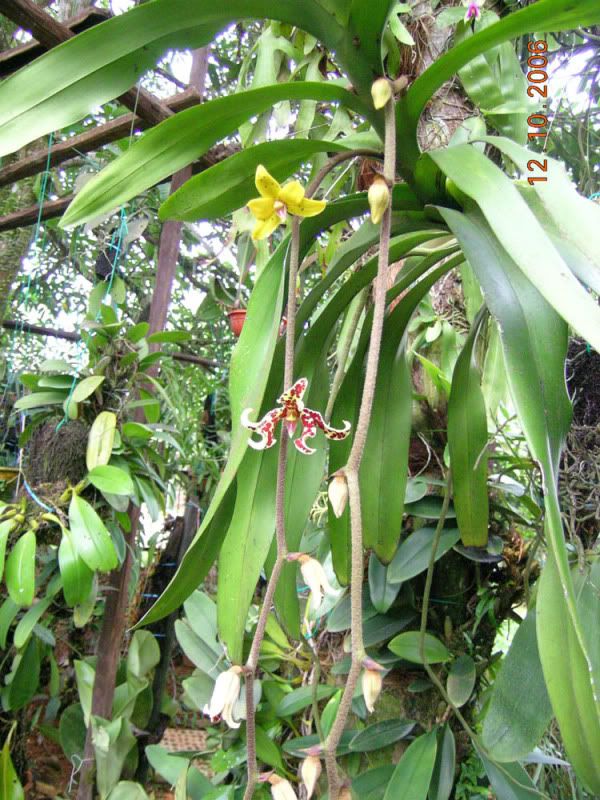

It is a bit difficult to find good information about this orchid, and i have been searching for 2 years now and found some contradicting facts. One of them is regarding the sex of the flowers. Some say that each form is a different sex, but what the scientific articles show is that both flowers are fully fertile, with male and female parts totally operational... and to make things more interesting, the upper flowers smell, whereas the lowers not

This is a picture of the plant, quite a monster

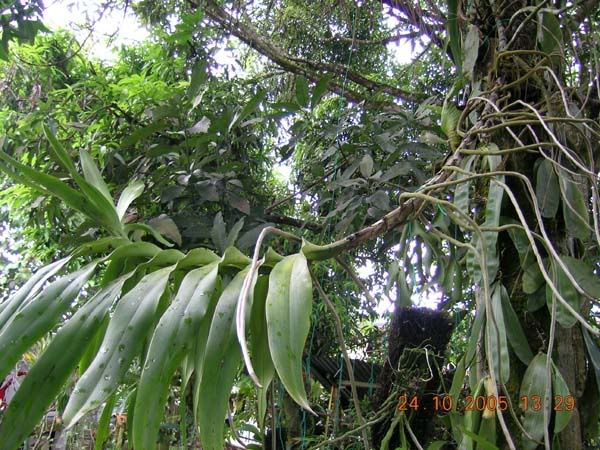
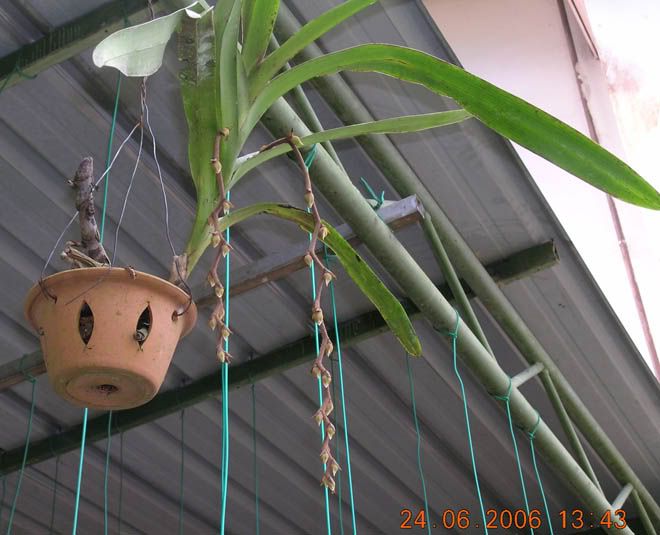
Here the spikes were already touching the ground, so the owner had to wrap them around the plant, so they could keep growing!
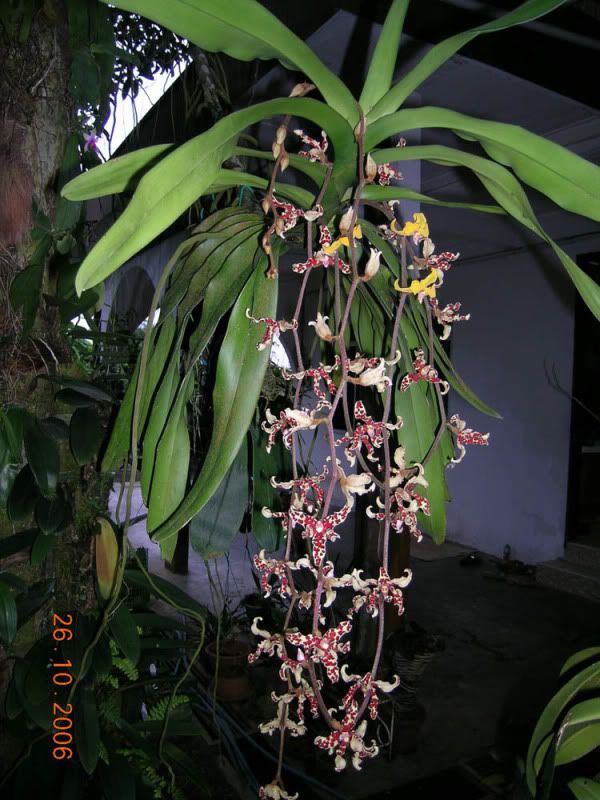
I also forgot to mention that D. lowii is not the only species of the genus. There is also another one called D. rossi, wich means that this odd behaviour is having some success...
Upper flowers
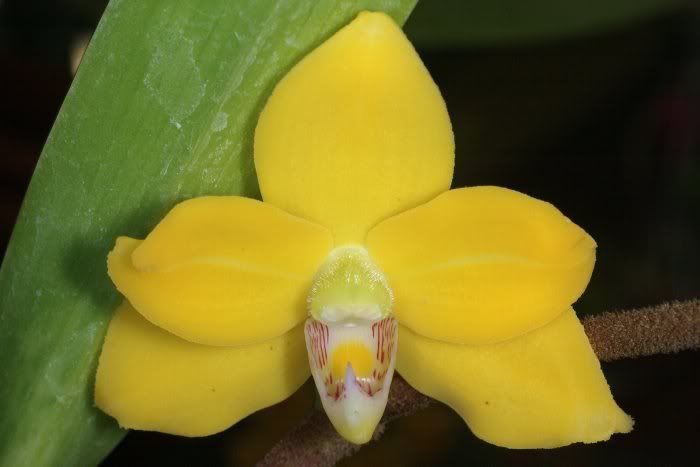
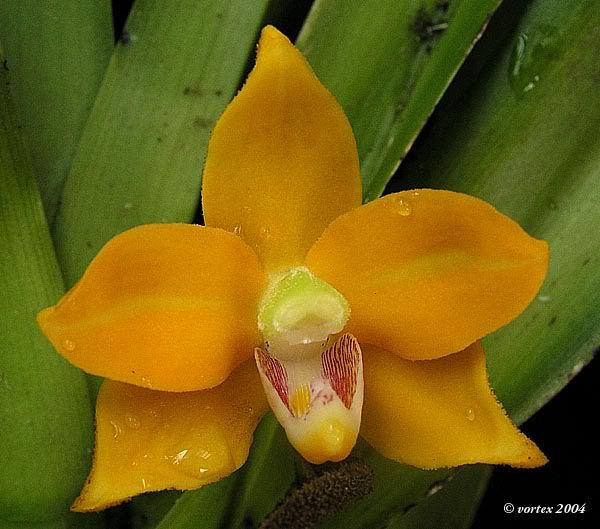
Lower flowers


Plant in habitat:
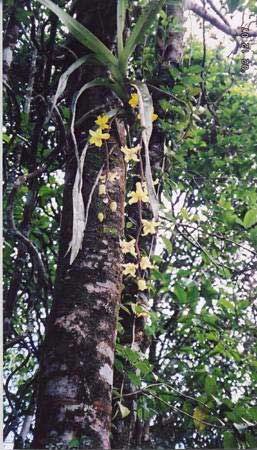
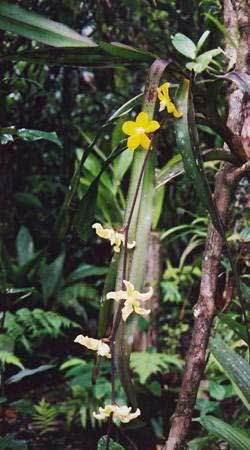
Plant in cultivation:

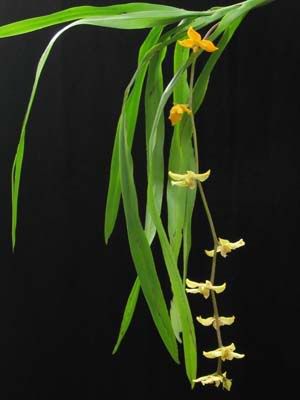
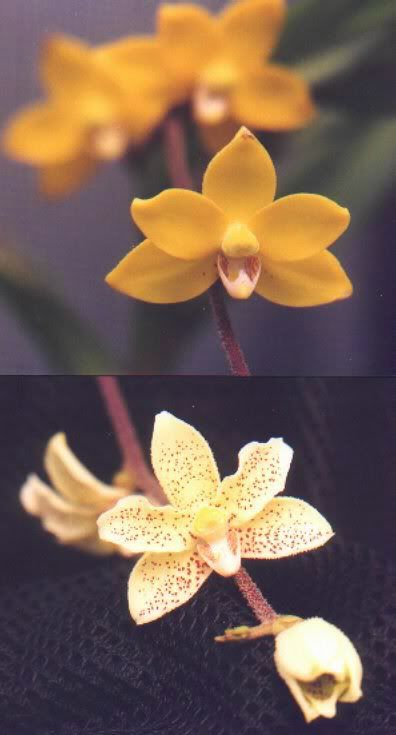

Both species are endemic to Sabah, in the island of Borneo. They are not common in cultivation, mostly because of the size the plant can attain, and also for the stove house conditions they need to survive... Also there are no reports of hybrids between these and other closely related genera. But i guess an hybrid between the two species might work...
What amazes me is not the fact that this plant has 2 different flowers (most of Asteraceae also have dimorphic flowers, and Hydrangea, some Muscari, etc...) so floral dimorphism is not that uncommon. But what is uncommon is the 2 operational sexes at the same time, in both forms. In Asteraceae, we have a specialization in wich the outer florets might be unissexual or sterile, or even bissexual, on hydrangea, the sterile flowers attract and the insignificant fertile flowers set seed. Also on some muscari, the top flowers are sterile and only serve to attract, while the lowers are less colourfull, but fertile...
Now, since nobody knows the pollinator of this orchid, my guess (and also the guess of a friend that i exchanged ideas about this plant) is that it might have 2 different pollinators...
Like i usually say, if it is possible to have 2 "species" merged in the same plant, without being an hybrid, this is the case! I can bet you if the upper and lower flowers forms were produced by different individuals, people wouldnt put them on the same species!
And now other interesting question... Nowadays we have 2 different species of this orchid originated by speciation... but at the same time natural selection did not segregated the flower forms... What kind of mechanism is behind this? I agree that if one pollinator is enough, 2 are even better, but still is makes me some confusion! Since most orchids produce only one type of flower, and they are the 2nd biggest plant family (wich means they had great success with the pollinating specialization) what made this one be different?
I would like to hear your thoughts


